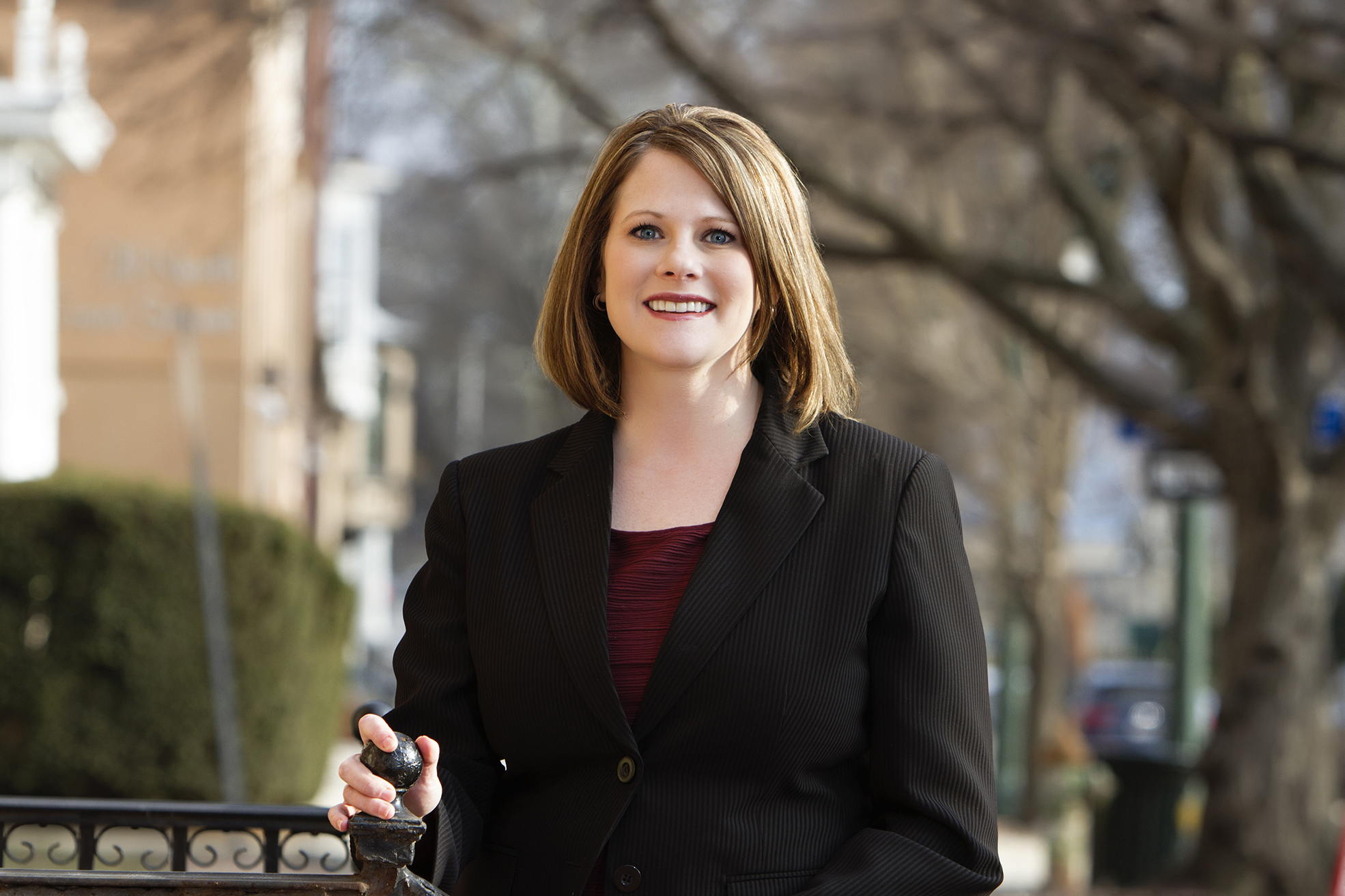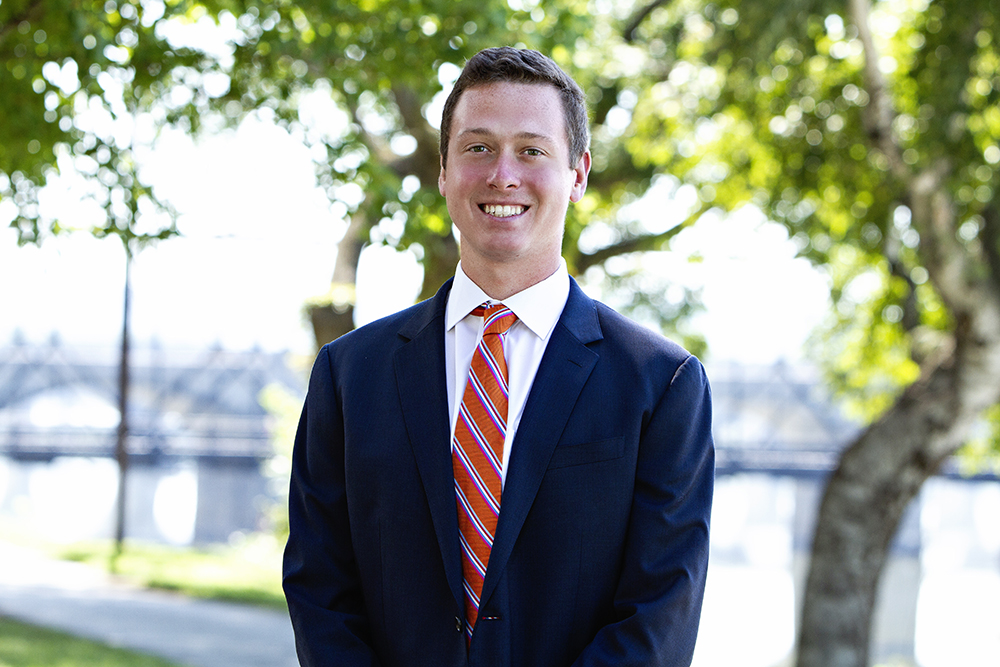Cares Act: Paycheck Protection Loans Summary
March 30, 2020
Publications
by Timothy Finnerty, Nicole Kaylor, David Noll and Benjamin Ward
With uncertainty looming in all corners of the world due to the continued COVID-19 pandemic, many employers are questioning how they can support the fixed costs of their business, especially in the face of total or partial shutdowns mandated by State governments. Those same shutdowns make other costs, like employee wages, liabilities that often cannot be supported by limited operations. In an effort to alleviate such challenges, on March 27th President Trump signed the Coronavirus Aid, Relief, and Economic Security Act (the “CARES Act”), which provides certain small- and medium-sized businesses the ability to obtain a 100% federally guaranteed “Paycheck Protection” loan that can be used to maintain payroll and facilities costs, among other things.
Title 1 of the CARES Act, the “Keeping American Workers Paid and Employed Act,” which amends Section 7(a) of the Small Business Act (the “SBA”), allows eligible businesses to receive an SBA loan in the maximum amount of $10 million which can be used for payroll and benefits costs, insurance premiums, interest on mortgages, rent, utilities, and interest on other debt obligations. Additionally, borrowing employers who apply the entire loan to maintain payroll costs and/or to make other covered payments are potentially eligible to have the entire loan amount forgiven.
Borrower Eligibility
During the covered period of February 15, 2020 to June 30, 2020, the CARES Act expands the list of eligible businesses who can apply for SBA loans to: (i) small business concerns; (ii) nonprofit organizations; (iii) tribal businesses; and (iv) sole-proprietors, independent contractors and other self-employed individuals. Specifically, and subject to certain exceptions, potential borrowers must employ less than 500 employees in order to be eligible.
Another major change is to the “Affiliation” provisions that apply to traditional SBA loans. Generally, the SBA determines whether an entity qualifies as a small business concern by counting employees including those of all domestic and foreign affiliates. However, these provisions are now waived in the following circumstances: (i) if the physical location for which the loan is requested is by an accommodation and food services company; (ii) for franchises assigned a franchise identifier by the SBA; and (iii) any business that received funding under the Small Business Investment Act. Further information regarding the SBA’s affiliation rules can be found here.
Beyond the size requirements, borrowers must make various certifications in order to receive the loan. Specifically, potential borrowers must certify that: (i) the uncertainty of the current economic conditions makes the loan necessary to support ongoing operations; (ii) that the funds will be used to retain workers and maintain payroll or make mortgage, lease and utility payments; (iii) that it does not have another application pending for a loan for the same purpose and that no duplicative amounts have been received; and (iv) that from February 15, 2020 until December 31, 2020 it has not received a 7(a) SBA loan for the same purpose.
“Paycheck Protection” Loan Terms
After determining eligibility, potential borrowers may apply for a maximum loan amount that is the lesser of:
(i) the entity’s average total monthly payroll costs for the 1-year prior to the date the loan is made, multiplied by 2.5; plus the outstanding amount of any SBA Disaster Loans made from January 31, 2020 until the date the SBA Loan is made available; or
if the entity was not in business from February 15, 2019 to June 30, 2019, then the total monthly payroll costs from January 1, 2020 through February 29, 2020, multiplied by 2.5; plus any SBA Disaster Loans made from January 1, 2020 until the date the SBA Loan is made available; or
(ii) $10 million.
For purposes of this calculation, “Payroll Costs” are salary, wages, commissions, or similar compensation, payment for vacation, parental, family, medical, or sick leave; allowance for dismissal or separation; payment for group health care benefits (including insurance premiums), payment of state or local taxes assessed on compensation, and the sum of compensation to a sole proprietor or independent contractor that is not more than $100,000 per year.
There are, however, limitations on this definition, as “Payroll Costs” do not include: (i) payroll costs for employees whose principal residence is outside of the United States; (ii) federal payroll tax withholding; and (iii) employee compensation in excess of $100,000.
One more important point to note is that businesses who recently received an SBA Disaster Loan may refinance such loan into the SBA Loans provided under the CARES Act. Further, subject to the loan forgiveness provisions discussed below, these loans have a maturity date of up to 10 years, require no guaranty or collateral, and have a maximum interest rate of 4%. Borrowing entities are also eligible for deferment for a period of 6 to 12 months (including interest, principal and fees).
Loan Forgiveness
An additional benefit of this loan program is that eligible borrowers may receive loan forgiveness for certain costs during the first 8 weeks they receive the loan including payroll costs, interest on mortgages, rent payments, and utilities.
There are, however, limitations on the loan forgiveness. First, the forgiveness amount may not exceed the principal amount of the loan. Next, the forgiveness amount may be further reduced if borrowers have reduced the number of employees or the employees’ salary compared to a prior period. However, the borrower has the capability to re-hire employees or make up salary reductions. Amounts of the loan that are forgiven are excluded from gross income for federal tax purposes.
SBA Disaster Loans
The new “Paycheck Protection” loan offerings come as a supplement to the SBA Disaster Relief Loans currently available. The Disaster Relief Loans are still available and are expanded under the CARES Act. Those loans have similar eligibility requirements, i.e., the same expanded borrower base versus traditional SBA loans.
Disaster Relief Loans can be used for a broader set of costs but are subject to lower borrowing limits ($2 million) and will be collateralized against a business’s assets (including real estate) when that option is available. Disaster Relief Loans over $250,000 require a personal guaranty. Finally, these loans can have a maturity date of up to 30 years. Borrowers using Disaster Relief funds for expenses that are not “covered payments,” and therefore subject to loan forgiveness, may not desire to refinance these loans into the business loan program.
While further guidance from the SBA on eligibility requirements, loan terms and forgiveness limitations are expected in the coming days, we recognize the reality that clarification on these points may be required immediately. With this in mind, please feel free to reach out to any professional in the McNees Corporate & Tax Group with any questions you may have.
© 2020 McNees Wallace & Nurick LLC
McNees Corporate & Tax Client Update is presented with the understanding that the publisher does not render specific legal, accounting or other professional service to the reader. Due to the rapidly changing nature of the law, information contained in this publication may become outdated. Anyone using this material must always research original sources of authority and update this information to ensure accuracy and applicability to specific legal matters. In no event will the authors, the reviewers or the publisher be liable for any damage, whether direct, indirect or consequential, claimed to result from the use of this material.




